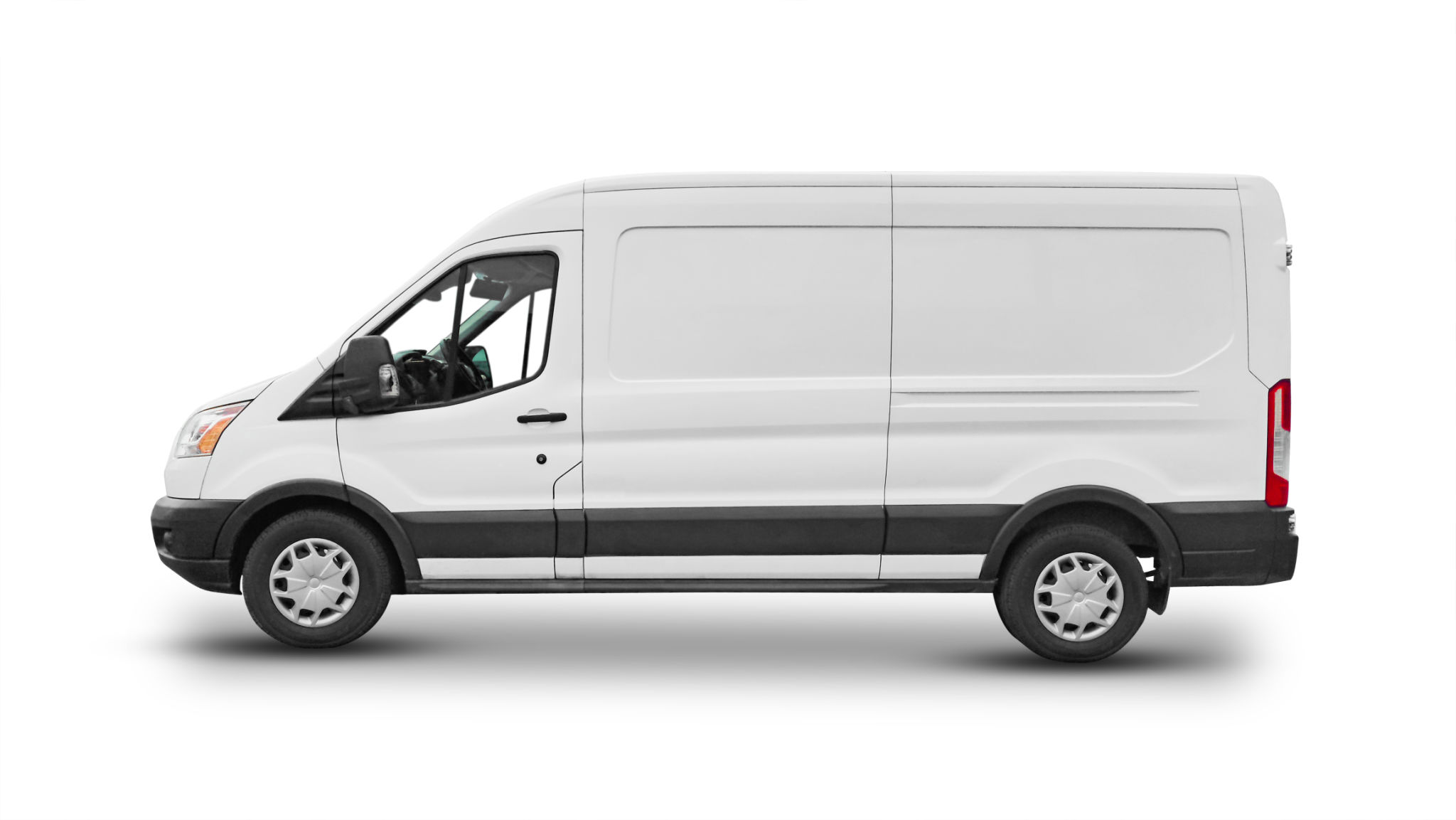Case Study: How We Improved Delivery Times for a Major Retailer
Introduction
In today's fast-paced retail environment, delivery times can make or break a business's reputation. Our recent collaboration with a major retailer provides a compelling case study on how strategic improvements can lead to significant enhancements in delivery efficiency. By focusing on key operational areas, we were able to shorten delivery times and improve overall customer satisfaction.
This case study explores the steps we took, the challenges we faced, and the results achieved. Whether you're a small business or a large corporation, the principles discussed here can be adapted to fit your unique needs.

Identifying Key Challenges
Before implementing any changes, it was crucial to identify the primary obstacles affecting delivery times. Our initial analysis revealed several bottlenecks, including:
- Inefficient routing methods
- Lack of real-time tracking
- Inadequate communication between departments
Understanding these challenges allowed us to develop targeted strategies to overcome them and set the stage for improvement.
Inefficient Routing Methods
The existing routing methods were outdated and not optimized for the retailer's current scale of operations. By employing advanced algorithms and data analytics, we redesigned the routing system to ensure more direct and efficient paths for deliveries.

Implementing Real-Time Tracking
Introducing real-time tracking was another critical step. This technology enabled both the retailer and customers to monitor deliveries as they happened. Not only did this improve transparency, but it also allowed for proactive issue resolution, reducing delays when unforeseen problems arose.
We integrated GPS technology with the retailer's existing systems, ensuring a seamless transition that did not disrupt ongoing operations.
Enhancing Internal Communication
Improving communication between departments was essential in streamlining the delivery process. We implemented a centralized communication platform, facilitating better coordination among warehouse staff, drivers, and customer service representatives.

This platform allowed for quicker decision-making and more efficient handling of delivery inquiries, significantly reducing response times and improving service quality.
Results and Impact
The results of these interventions were overwhelmingly positive. Within a few months, the retailer experienced a remarkable improvement in delivery times. Key outcomes included:
- A 30% reduction in average delivery times
- A 20% increase in customer satisfaction scores
- A noticeable decline in delivery-related complaints
Conclusion
This case study demonstrates how targeted strategies can effectively improve delivery operations for retailers of any size. By focusing on efficient routing, real-time tracking, and enhanced communication, businesses can achieve faster delivery times and higher customer satisfaction.
If your business is facing similar challenges, consider applying these strategies to enhance your delivery processes. The benefits of improved efficiency extend beyond customer satisfaction, impacting overall business performance positively.
